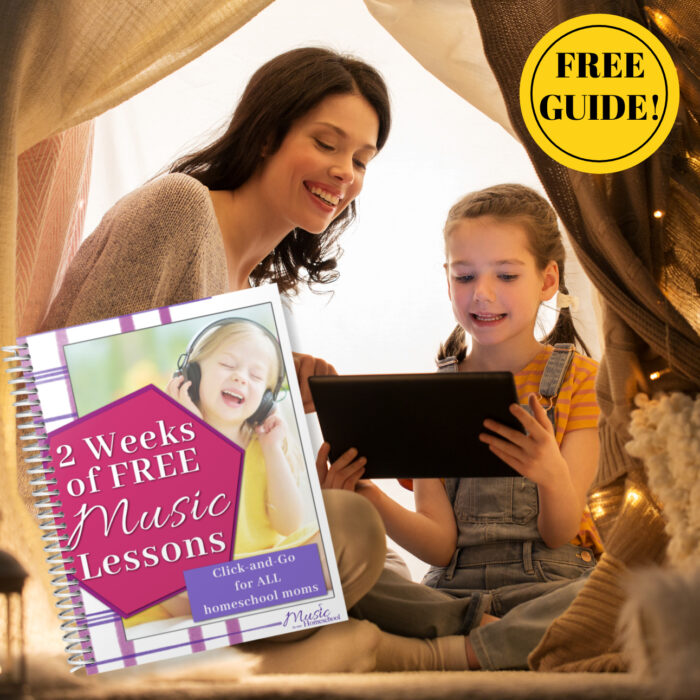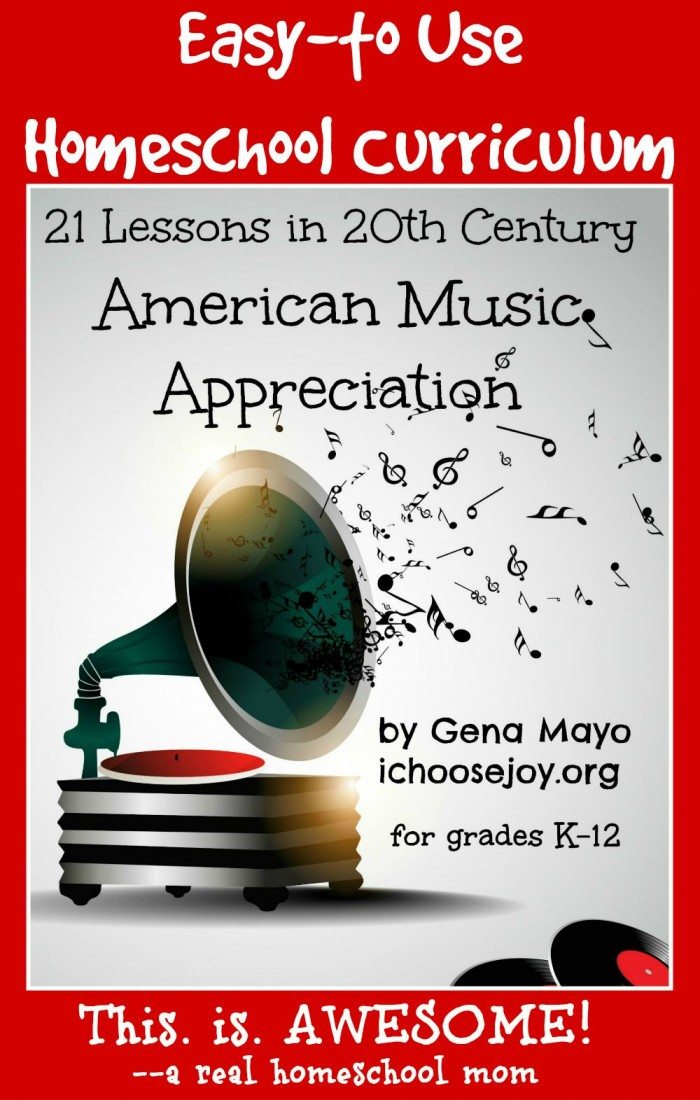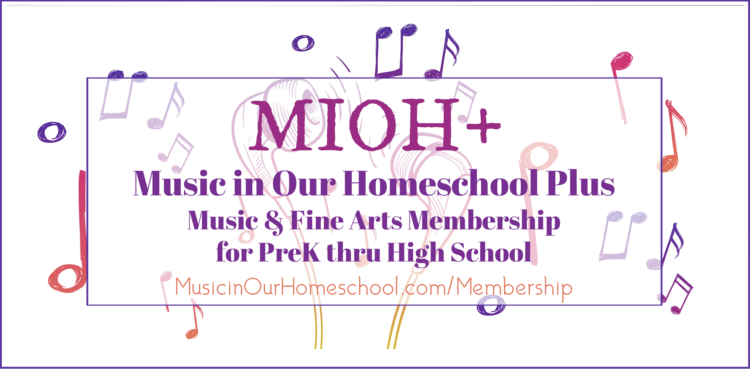Ten Great Ways to Teach History
[Today's article Ten Great Ways to Teach History was written by Michelle Habrych.]
Teaching history in your homeschool does not have to be anything like what you remember from school: dry textbooks, memorized dates and names, and completely unrelated to the student.
When I began homeschooling my kids ten years ago, I knew I wanted history to be different than I experienced. In my search for making history come alive, I discovered many resources that we have continued to use. Here are some of them.
Disclosure: I get commissions for purchases made through affiliate links in this post.
1. Historical Fiction
Historical fiction can be found for all ages. Jean Fritz has written numerous books to help children understand the story behind history. We used these as read-alouds or audio books in elementary years. Titles include Shh! We're Writing the Constitution and Leonardo's Horse. Many librarians can give you a list of historical fiction available in their libraries. Pinterest is full of lists of historical fiction for all ages as well.
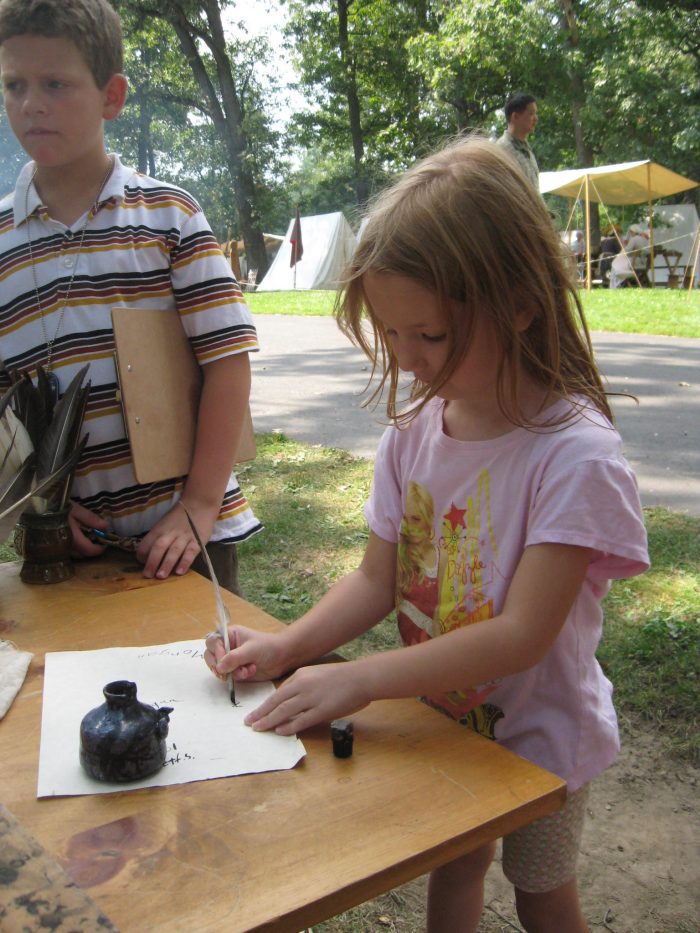
2. Picture Books
The You Wouldn't Want to Be series book series is amazing for kids who enjoy gross history or facts presented in a colorful and engaging manner. They are typically fewer than 50 pages long and have illustrations to draw kids into the topic. For example, one book called You Wouldn't Want to Sail With Christopher Columbus!: Uncharted Waters You'd Rather Not Cross
lists the duties of a crew member as well as the bad stuff you might encounter on the ship and on shore. My daughter still loves them at age 13.
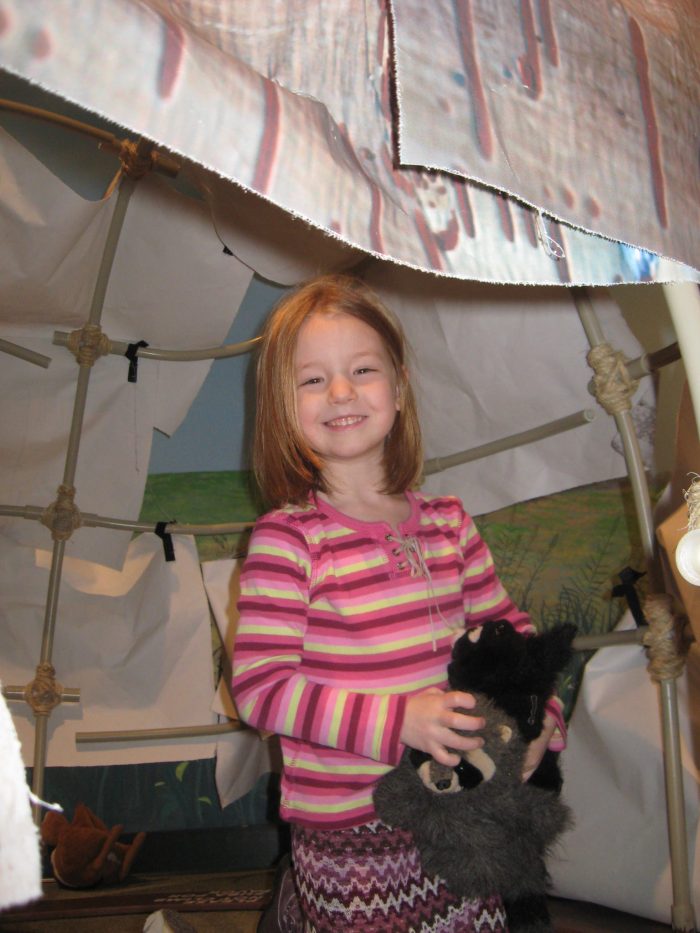
3. Clubs
One way we made history real for my daughter, who does not typically enjoy this subject, was through American Girl club. Twice a month we met with a group of other homeschooled girls to discuss that month’s historical girl. The book club girls learned about the culture/region, tasted foods that were mentioned in the books or typical of that time period, learned about historical events, played games, made crafts, and discussed books together. Moms took turns hosting and planning. As a way to put it all together, my daughter created a lapbook for each character studied, and she made a project board at the end of the school year. She looked forward to this girl time, which was really learning in disguise! We even continued the club for two more years, using Dear America books one year, followed by Horse Diaries books the next.

4. Radio Dramas
Radio dramas were integral in our early day-to-day schooling. In the car or at home, we listened to downloaded dramas or ones purchased from Homeschool Radio Shows. We enjoyed the tales of Lewis and Clark in a 13-part drama called Horizons West. Mr. President had us guessing which president experienced the crazy situation acted out in the program. Another popular one is called You Are There.
5. Games
Games bring history and other cultures into play time. Some to look for include Made for Trade: A Game of Early American Life (colonial America), Family Pastimes Caves and Claws (prehistoric), Mancala (African), and Lewis and Clark Adventure Game. Don’t forget the classic video game used in classrooms—now available online—The Oregon Trail.

6. Paper Crafts
Paper crafts help visual and hands-on learners to see the people and places of the time being studied. Dover Publishing makes great coloring books for all time periods, such as Heroes and Heroines of the American Revolution. Dover also sells cut-and-assemble books, including such historical places and events as The White House, a Medieval Castle
, and Civil War Soldiers. Lapbooks are available from many companies, including Knowledge Box Central, on a variety of historical topics to enhance learning. Don’t forget about studying famous art from the time period as well!
7. Toys
Toys can be used to bring the stories to life as well. Have your Lego-loving son create a ziggurat out of his favorite building materials. Your child could use dolls or puppets to act out a historical event. One of my friends even mummified a Barbie doll! Additionally, you can purchase or make toys from the historical period you are studying. This type of historical learning is great for hands-on learners.
8. Music
Studying music from the time period brings history to life in a whole new way. We used Gena’s 21 Lessons in 20th Century American Music Appreciation this year as we studied 20th Century history, and it really tied the past to present for my students.
9. Documentaries and Movies
Don’t forget about documentaries and movies. You can find them for all age levels. History Channel offers some good documentaries; just be sure to preview any for questionable material. My teen son loves The World Wars and Ancient Black Ops. Pinterest has many lists of historical movies and documentaries. Check your local library and YouTube as well.
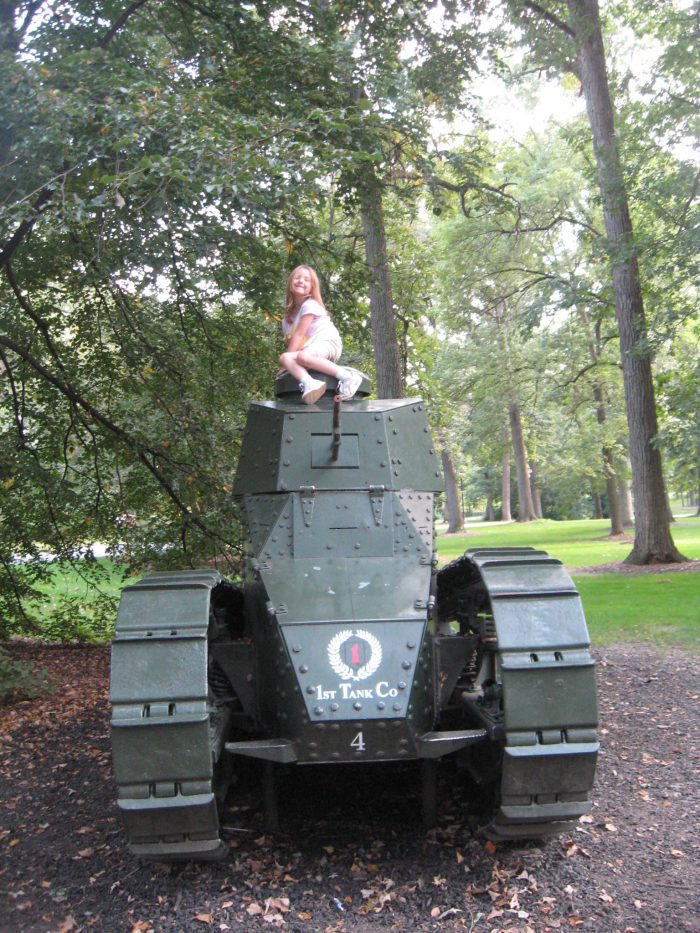
10. Field Trips
Finally, look for field trip opportunities near you. Museums may have an exhibit that highlights something you are studying. Historical reenactors meet all over the country to help people learn about the Renaissance, the American Revolutionary War, the Civil War, World War I, World War II, and other events. Don’t underestimate what your students will learn at these entertaining events. Hands-on experiences like these are typically worth the expense, but you can always look for coupons and deals to help fit it into your budget better.
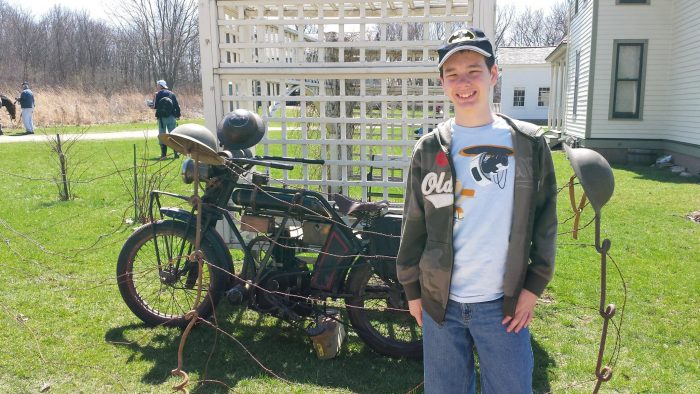
(Disclosure: This post contains affiliate links.)
Michelle Habrych hated history in school and never expected to be voluntarily reading historical accounts in her free time as an adult. She loves David McCullough’s books, as well as reading historical fiction from all time periods, especially World War II. She homeschools her teens and strives to make history fun and relevant for them.

